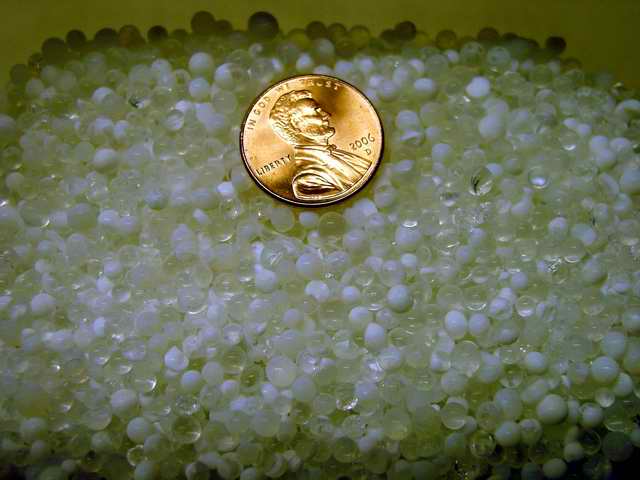| Open the coolerador daily for a while to see how things are going.
Shortly you will be greeted by the heavenly aroma of perfectly humidified
cigars. If your cigars were initially particularly wet or dry it will take
some time to stabilize around your chosen percent relative humidity.
Remember, the point of any humidor is to protect your cigars from the ambient
conditions outside the humidor. That includes keeping your pets out of your
stash. Cats seem to be the biggest problem. Please see
100 Uses for a Dead Cat.
In some climes the air outside the humidor will be wetter than that
inside, and in some climes the air outside will be drier than that inside.
You should know your conditions, so use your hygrometer to measure the
humidity outside your coolerador. You may be able to use the ambient
conditions to your benefit, by leaving the coolerador open for a few hours
at a time to either raise or lower the humidity in the coolerador.
If the outside air is wetter than that inside the coolerador you may find
you need to dry your beads occasionally. If the outside air is drier than
that inside the coolerador you may need to keep your beads a bit wetter.
All coolers come with a drain to allow melted ice water and stale beer to
drip out. This drain can be used to your advantage if you so desire.
Opening the drain will allow a very little bit of air exchange between
inside and outside. One may also drill a 1/4"-3/8" hole, high, through
the opposite side of the cooler. It can be plugged with an earplug or tape
when not in use. Having a low, open drain plug and a high, open hole in the
opposite side will allow a bit of cross ventilation through the coolerador.
You may find this useful depending on your conditions.
For long term aging, every few months you should rotate your boxes from
the bottom of the coolerador to the top, and check the condition of the
cigars. Humidors of any sort can develop wet spots which could lead to
mold. Some people have installed computer fans in their cooleradors that
run intermitently to stir up the air inside. I'm a geek, but I've also got
a life.
Loose cigars can be stored in plasticware. Some folks have used kitchen
stackables to create lift-out shelving in their cooleradors. Once you
assemble your coolerador and start filling it up, you will have your own
customizing ideas.
There are lots of tips/myths for long term storage I will not cover here.
There still rages the "cellophane on or cellophane off" debate (off). There
still rages the "prop open the boxes or not" debate (use tiny black bull
clips). There still rages the "remove
the spacer and one cigar from the box to let them round up" debate (yes).
There still rages the "jewelery or flowers for the spouse" debate to soften
the credit card charges for your cigars (alternatively both, or go
spouseless).
Cigar aging itself is not a myth, and many cigars improve with age,
particularly fuller body cigars and younger cigars. Rumor has it Consuegras
require at least a year of age to attain their full potential. In my opinion
no amount of aging will improve a Consuegra. I do know for a fact, a few
months of age greatly improves a Genuine Pre-Embargo Counterfeit Cuban,
and after a couple of years they are greatly improved and quite good.
Given for $75 you can assemble yourself a large, quality coolerador
there is nothing holding you back from buying more cigars. So go forth,
heat up those credit cards, and in 10 years you will be enjoying long-aged,
quality smokes.
|







